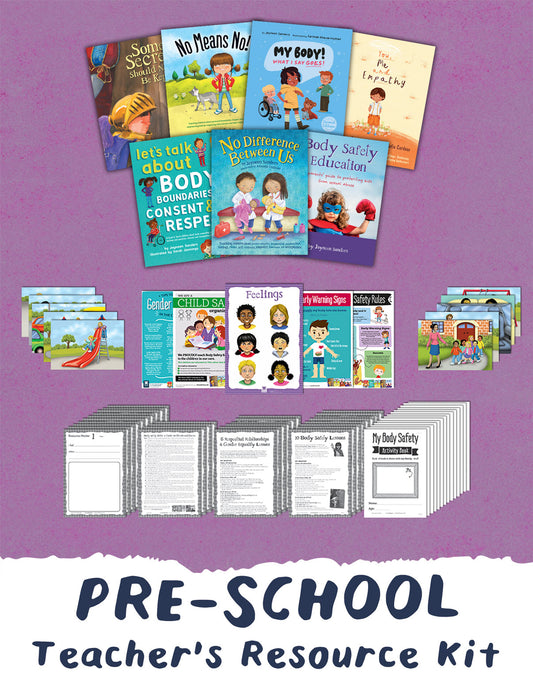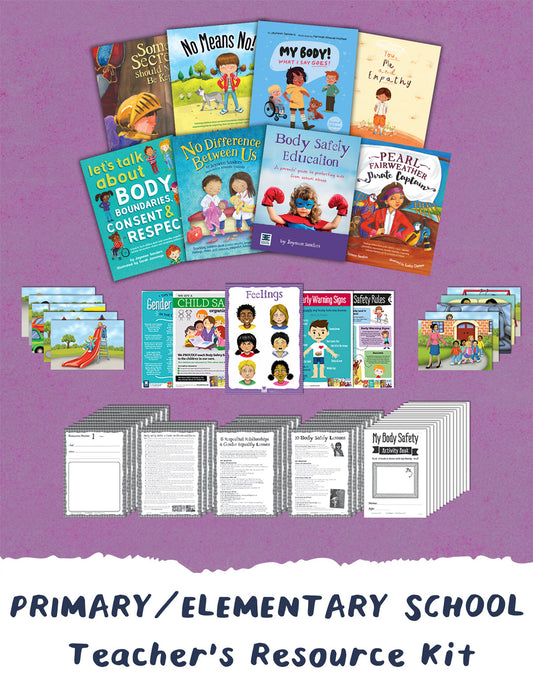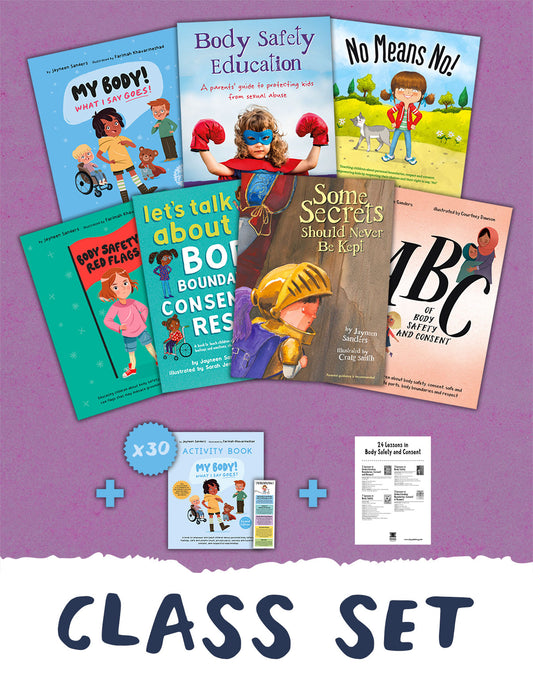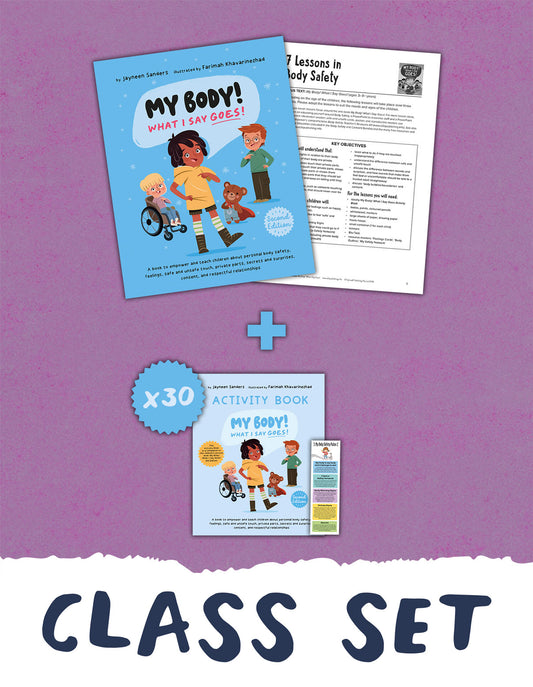‘Circle Time’ is a valuable classroom practice to settle the class and touch base with how students are travelling each day. Given that we are still in the midst of a global pandemic, this is a great exercise for creating and maintaining open communication within the classroom - both peer-to-peer as well as between teacher and students.
During Circle Time, students each take turns to share their ideas and thoughts on a given discussion topic. Only one person speaks at a time — you may use a ‘talking stick’ like a soft toy to monitor who is the active speaker. All other students practice active listening and cannot comment or ask a question until it is their turn. You will find some great ideas for Circle Time in our My Mindfulness & Wellbeing Journal, Year 3 (see our ‘Week in the Life of’ pages). Beyond this, simply use your imagination, and before long, your students will be offering suggestions for Circle Time!
-
Remember that topics can be used more than once, as ideas and responses will vary over time.
-
Keep it within 10 minutes. You may decide to limit the number of words students are allowed to use, for
example, ‘In less than 15 words, tell me what you are looking forward to this weekend.’
-
All students are encouraged to take their turn, however, are entitled to pass if they feel uncomfortable or aren’t sure what to say. Take note of repeat ‘passers’ and try to find a topic that will really engage that student; gradually encourage them to join in.
-
Try to make Circle Time part of your class routine; if you can fit a 10-minute Circle Time in every day, then do. The beginning of each day is a perfect time for Circle Time. It will settle the class and can give an insight into potential problems or feelings that students are experiencing.
-
If you can’t fit in a daily Circle Time, then make it at a regular time each week, and keep it consistent. Review the ‘Circle Time’ Communication Skills below with your students.






